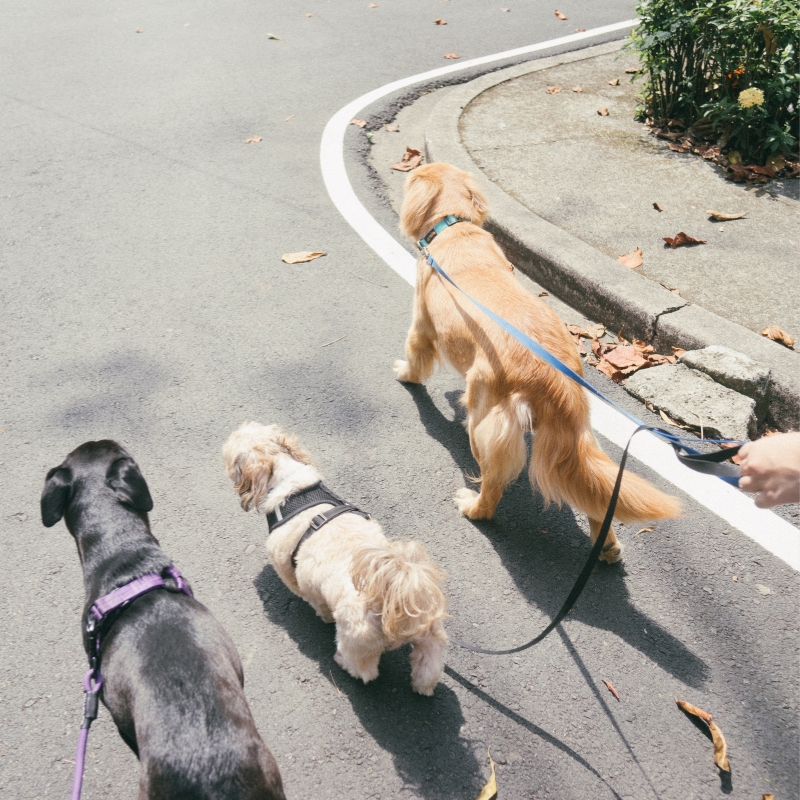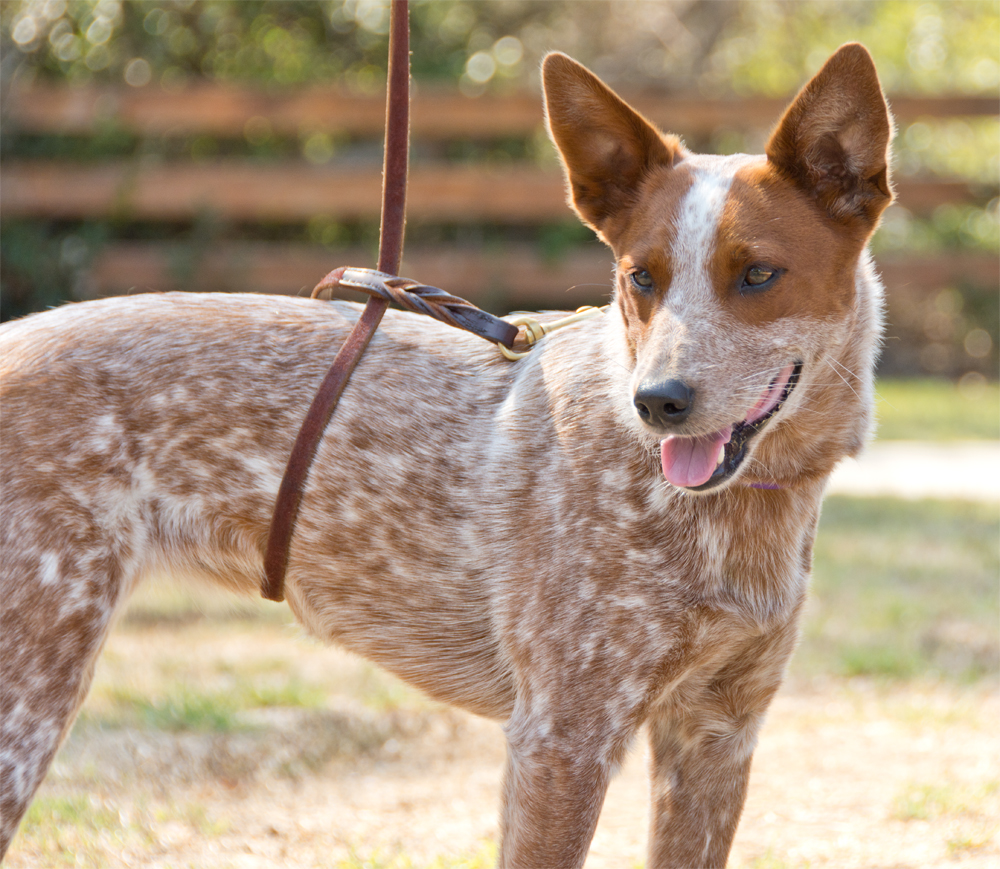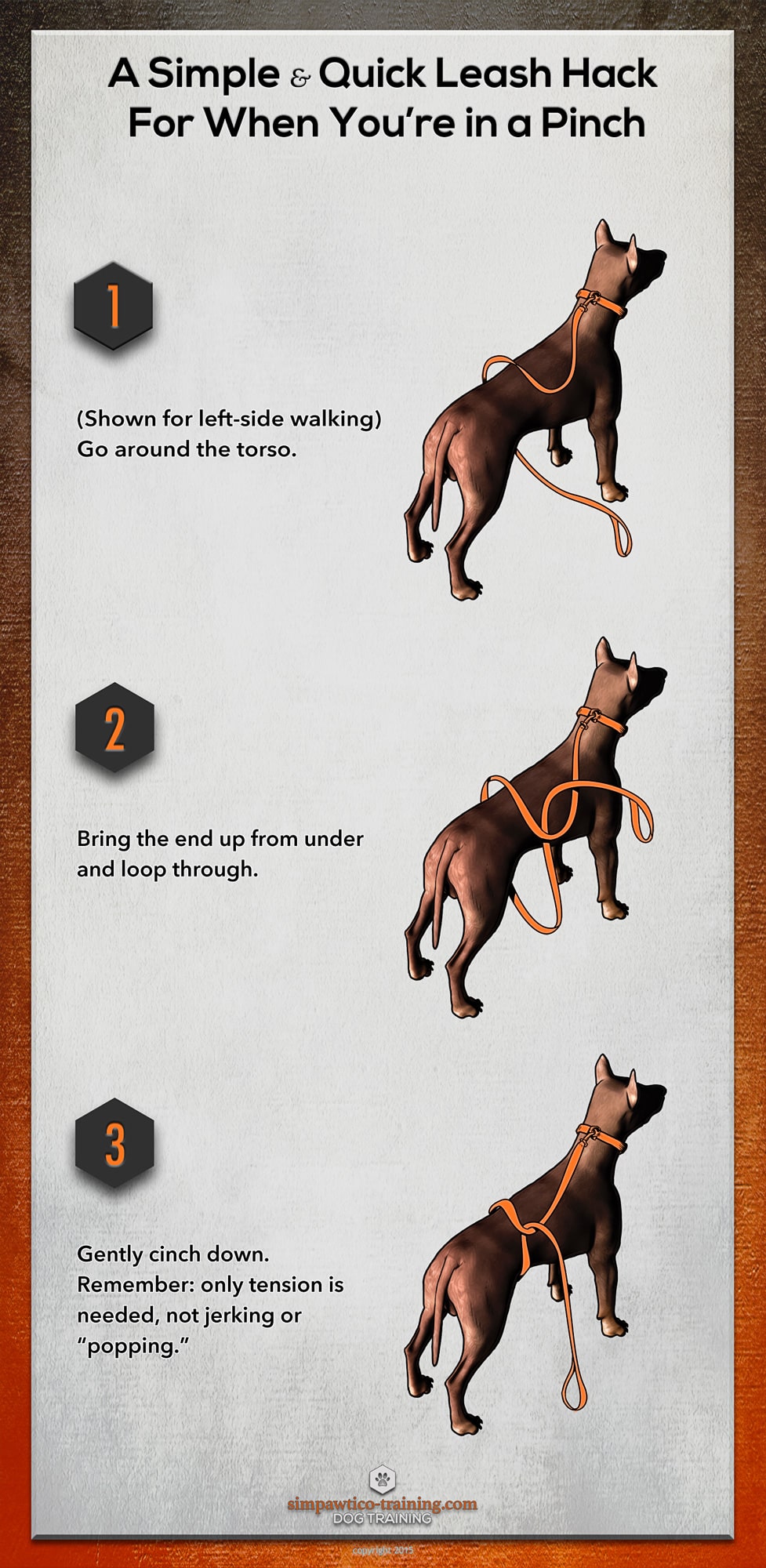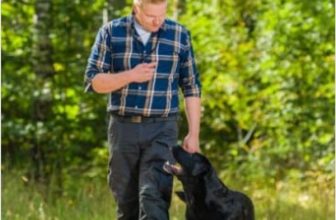
Dog pulling on the leash is a common problem for many pet owners. It can make walks stressful and frustrating. Learn Training Your Dog to Stop Pulling on the Leash.
Training your dog to walk nicely on a leash is essential for enjoyable outings. A dog that pulls can lead to accidents or injury for both of you. Understanding why your dog pulls helps you find the right solution. Dogs pull for various reasons, such as excitement or fear.
Teaching them to walk calmly requires patience and consistency. With the right techniques, you can turn your walks into a pleasant experience. This guide will help you discover effective methods to stop your dog from pulling. Enjoy walking your dog without the stress of tugging and pulling. Let’s explore the best strategies together.
Introduction To Leash Training
Teaching your dog proper leash manners is very important. It helps keep both you and your dog safe. A dog that pulls on the leash can cause accidents. It can also make walks less enjoyable.
Many dog owners face challenges with leash-pulling. Some dogs are excited to see other animals or people. Others may feel nervous or scared. This can lead to pulling on the leash. Understanding these reasons helps in training.
Using positive reinforcement can improve leash manners. Reward your dog for walking beside you. This makes walking more fun and calm. Patience and consistency are key. Every small step counts toward better behavior.
Identifying The Causes Of Leash-pulling
Dogs pull on leashes for many reasons. Lack of training is a common cause. If a dog does not learn to walk nicely, it will pull. This behavior can be fixed with practice.
Excitement and overstimulation can also lead to pulling. Dogs often get excited by people, other dogs, or smells. This excitement makes them pull on the leash. Keeping your dog calm helps reduce pulling.
Some dogs have strong natural instincts. They may chase small animals or birds. This instinct can make them pull hard. Understanding these instincts helps in training.
Preparation For Leash Training Success
Choosing the right equipment is very important. A good leash can help. Look for a leash that is strong and comfortable. A no-pull harness is also helpful. It stops pulling and keeps your dog safe.
Creating a distraction-free environment is key. Find a quiet place for training. Avoid busy streets and loud areas. Use treats to keep your dog’s focus. This helps them learn better. Start slowly and be patient.

Credit: www.youtube.com
Basic Training Techniques
Teach your dog the ‘Red Light, Green Light’ game. Start walking your dog. Say “green light” to go forward. If your dog pulls, stop and say “red light.” Wait until your dog calms down. Then say “green light” again. Repeat this. Your dog will learn to stop pulling.
The ‘Lure and Reward’ system is simple. Use a treat to guide your dog. Hold the treat close to their nose. Move slowly to get their focus. Reward them when they walk beside you. This helps them understand good behavior.
Advanced Strategies For Stubborn Pullers
Teach your dog to walk nicely. Use the ‘Stop and Go’ technique. When your dog pulls, stop walking. Wait for them to relax. Then start walking again. Repeat this often.
For Direction Changes, make sudden turns. Change direction when your dog pulls. This keeps them focused on you. Use treats to reward good behavior. Make walks fun and exciting.
Be patient. It may take time. Celebrate small wins. Your dog will learn. Enjoy your walks together!

Credit: thundermountainline.com
Incorporating Positive Reinforcement
Positive reinforcement is a great way to train your dog. Use treats and praise to reward good behavior. When your dog walks nicely, give them a treat. This shows them they did well.
Use a happy voice to praise your dog. Say things like “good job” or “well done.” Dogs love to hear kind words. This makes them feel good.
Stay consistent with your rewards. Every time your dog pulls, do not reward them. Wait until they walk beside you. This helps them learn what you expect.
Make sure everyone in your family follows the same rules. This helps your dog understand better. Consistency is key for good behavior.
Addressing Pulling In Different Environments
Dogs can get very excited outside. This makes them pull on the leash. To handle distractions, stay calm. Use treats to get their attention.
Practice in busy places. Take short walks in parks or streets. Reward your dog for staying close. If they pull, stop walking. Wait until they calm down.
Use a harness instead of a collar. This helps control pulling better. Keep your leash short but loose. This allows your dog some freedom.
Remember, patience is key. Training takes time and practice. Celebrate small successes along the way.
Troubleshooting Common Issues
Dogs often pull on the leash when they see other animals. This can be very distracting. Use treats to guide your dog back. Reward them for staying calm.
Practice walking near other animals. Start at a distance. Gradually get closer as your dog learns to stay calm. Always keep the leash short but relaxed.
When your dog pulls towards people, stay calm. Make them sit before greeting anyone. Use treats to keep their focus on you. This helps build good behavior.
Walk in busy areas to train your dog. This helps them learn to ignore distractions. Praise them for good behavior. Consistency is key.
Maintaining Progress And Preventing Regression
Regular practice is key to success. Keep training short and fun. Repeat exercises daily for best results. Use treats and praise for good behavior.
Be patient with your dog. Progress takes time. Some days will be better than others. Celebrate small wins along the way.
Seek professional help if needed. A trainer can offer guidance. Look for someone with good reviews. They can help if you feel stuck.
Conclusion: The Journey To Enjoyable Walks
Celebrate every small win. Each step forward counts. When your dog walks nicely, give praise. Use treats to encourage good behavior. This helps build a strong bond.
Staying patient is key. Dogs can sense your feelings. If you stay calm, they feel calm too. Each walk is a chance to learn. Progress may be slow, but it is important.
Enjoy the journey together. Celebrate the joy of walking. Over time, walks will become fun for both of you. Remember, every dog is unique. Celebrate their progress.

Credit: www.simpawtico-training.com
FAQ about How to Stop Dog from Pulling on Leash
How Do I Get My Dog To Stop Pulling On The Leash?
To stop your dog from pulling on the leash, use positive reinforcement. Reward them for walking beside you. Practice short, frequent training sessions. Use a front-clip harness for better control. Be consistent and patient, gradually increasing distractions. Regular exercise can also reduce pulling behavior during walks.
How Do I Train My Dog To Walk On A Leash Without Pulling?
To train your dog to walk on a leash without pulling, start with short sessions. Use treats to reward your dog for walking beside you. Stop walking whenever your dog pulls, and resume only when they return to your side.
Consistency and patience are key for success.
What Is The Command For A Dog To Stop Pulling?
To teach your dog to stop pulling, use the command “heel. ” Reward your dog with treats and praise when they walk beside you. Consistent training and patience will help reinforce this behavior over time.
How To Make A No Pull Dog Leash?
To make a no-pull dog leash, use a front-clip harness. Attach the leash to the front clip, which encourages your dog to turn toward you. Opt for a sturdy leash, ideally 6 feet long. Practice loose leash walking techniques to reinforce the behavior effectively.
Conclusion
Stopping your dog from pulling on the leash takes time and patience. Use the tips shared to build good habits. Consistency is key. Reward your dog for walking nicely beside you. Practice regularly to reinforce positive behavior. Remember, every small step counts.
Enjoy your walks together. A well-trained dog makes for a happy outing. Focus on the bond you share. With effort, you can improve your walks. Your dog will thank you for it. Happy training!







